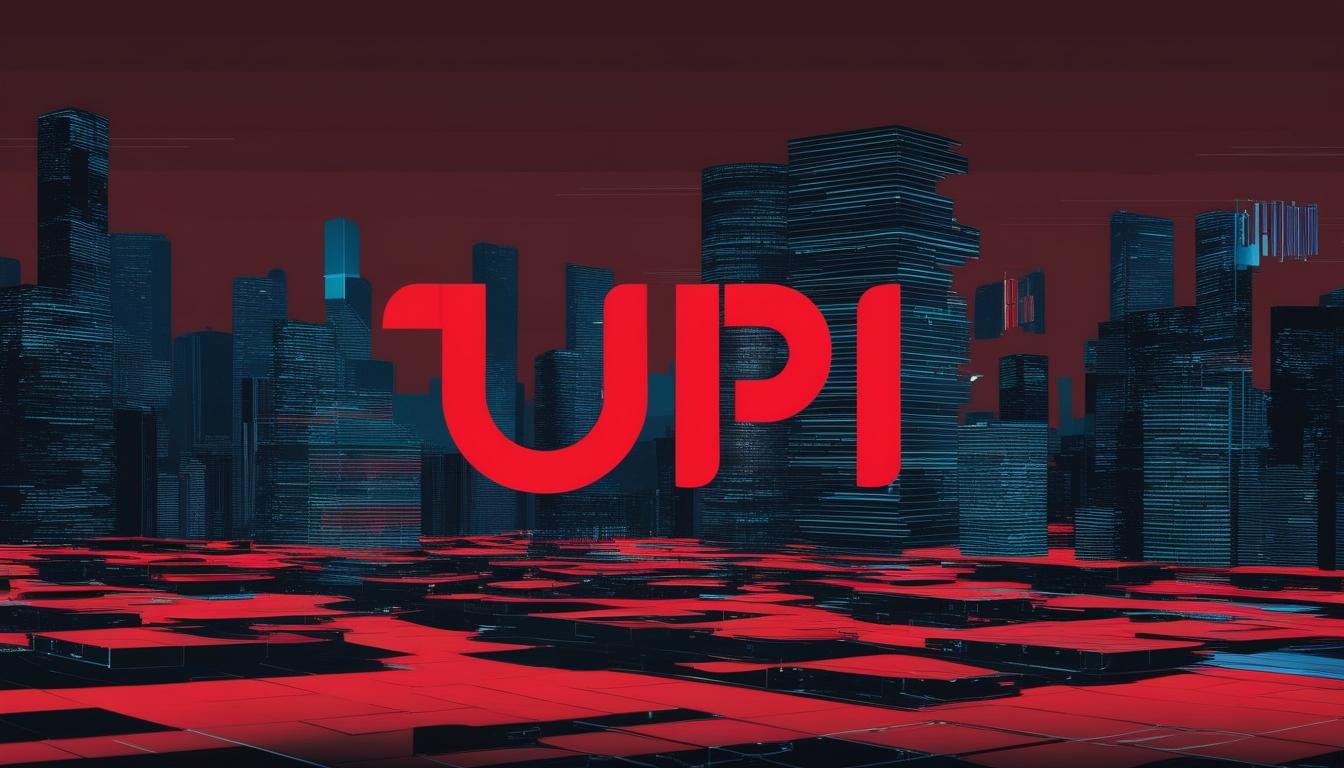A recent conversation at a fintech conference sheds light on the pressing need for transformation within the insurance industry, amidst a backdrop of rapid advancements in digital payment technologies. Ramakrishnan Ramamurthy, Chief Delivery and Operation Officer at Worldline, highlighted the stark contrasts between the swift evolution of financial technology in India and the relatively stagnant state of insurance payment processing.
The backdrop for this discussion is set against India's notable achievement in digital payments, with the Unified Payments Interface (UPI) surpassing 130 million transactions as of September 2024. This milestone underscores a significant transition towards innovation and efficiency in financial services. However, the insurance sector has not kept pace, marred by traditional and often cumbersome payment processes that impede access and customer satisfaction.
During a conversation with a local entrepreneur, Ramamurthy observed that many individuals are still grappling with outdated payment methods. He noted, “The insurance industry was ripe for a fundamental transformation,” pointing out that the existing systems can feel alienating and complex, particularly for customers seeking straightforward solutions. This sentiment reflects a broader struggle faced by small business owners and families reliant on insurance.
Although traditional methods of payments such as cash, cheques, and bank transfers continue to dominate, especially in remote areas, the challenge lies in integrating these with emerging technologies. Ramamurthy argues that solutions must be designed not to eliminate the old methods outright but to complement them, thereby gradually enhancing the financial experiences of diverse customer segments in India.
UPI is regarded as a game changer in this context. With features like instant payments and universal acceptance, it is poised to reshape the insurance payment landscape. The introduction of UPI Autopay allows automatic premium renewals, significantly enhancing customer convenience by ensuring that policies remain active without manual intervention. The National Payments Corporation of India (NPCI) has played a pivotal role by facilitating this transition, enabling seamless access to financial resources that are particularly crucial for underserved populations.
Another noteworthy innovation is the UPI Credit Line, which provides instant, short-term credit to customers through UPI-enabled apps. This initiative addresses critical cash flow issues that can lead to policy lapses. Therefore, it not only benefits consumers but also strengthens the operational efficiency of insurers. As Ramamurthy articulated, this development contributes to a more inclusive financial landscape, aligning with India's broader goals of promoting digital transformation.
The implications of digital payments continue to unfold, fostering a holistic ecosystem that extends beyond mere convenience. The Bharat Bill Payment System (BBPS) represents a move towards standardised premium payment processes, enhancing reliability and customer trust. Additionally, technologies such as SoftPoS have emerged as substantial advancements, allowing insurance agents, especially in rural areas, to accept payments seamlessly through smartphones, which significantly expands their operational capabilities.
The future of insurance payments increasingly depends on a collaborative approach that involves fintech companies, regulators, and insurers. Ramamurthy highlighted the significance of harnessing technologies such as artificial intelligence and blockchain, which stand to further revolutionise the industry by streamlining claims processing and enhancing transaction security through decentralised ledger systems.
The transformative potential of these technologies is evident, as they hold the promise to create a more efficient, transparent, and accessible insurance landscape. The evolution of payment processing in the insurance industry may redefine customer experiences and operational efficiencies, leading to an era that adeptly combines technological advancement with genuine service-oriented value.
In conclusion, while the insurance sector contends with legacy practices, the interweaving of digital payment technologies, particularly UPI, is poised to drive significant advancements. The insights shared by Ramamurthy illustrate a clear pathway towards a future where seamless, inclusive solutions supersede traditional hurdles, reimagining the entire insurance payment ecosystem.
Source: Noah Wire Services
